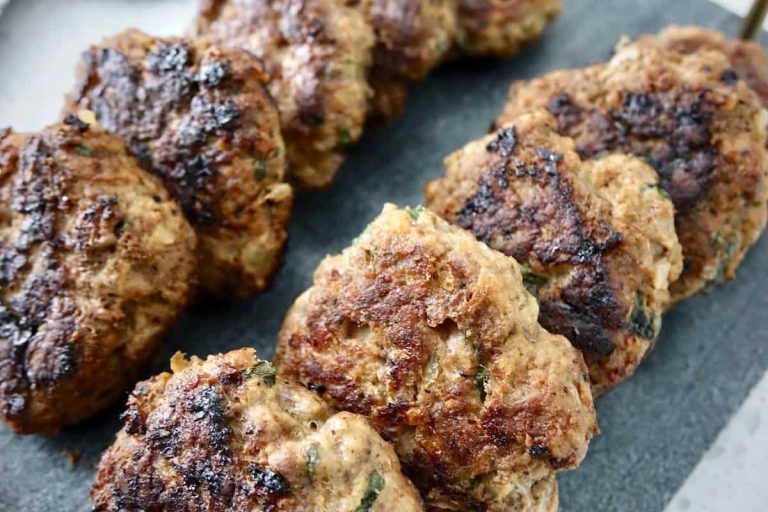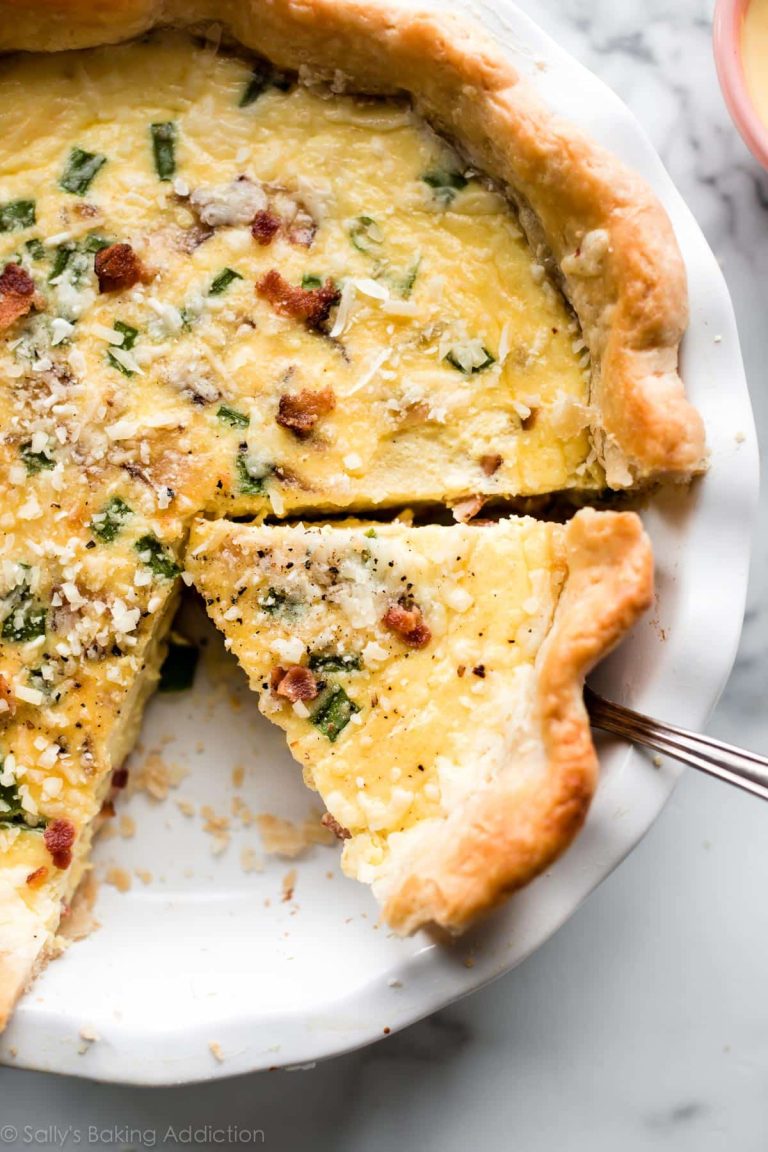Chocolate Chip Cookies: Perfect Recipe for Mountains
Baking at high altitudes introduces unique challenges due to lower air pressure and reduced atmospheric moisture. These factors can cause cookies to spread excessively, leading to thin, crispy results instead of the desired chewy texture. The lower boiling point of water affects liquid ingredients, causing them to evaporate quickly and upsetting the balance of moisture in your dough. Additionally, faster-rising leavening agents may lead to uneven baking or cookies that collapse.
Why Recipes Need Adjustment
Recipes need adjustment at high altitudes to counteract the effects of lower air pressure and reduced moisture. You might need to decrease sugar and fat, as these can cause excessive spreading. Increasing flour helps stabilize the dough, preventing cookies from becoming too flat. Adding extra liquid compensates for rapid evaporation. You may also need to reduce leavening agents like baking powder or baking soda to prevent over-rising and collapsing. Adjusting oven temperature—sometimes increasing by 15 to 25 degrees Fahrenheit—ensures proper baking. Ultimately, minor tweaks in ingredient proportions and baking techniques lead to better cookies at high altitudes.
| Adjustment | Sea Level Recipe | High Altitude Recipe |
|---|---|---|
| Sugar | 1 cup | 3/4 cup |
| Flour | 2 cups | 2 1/4 cups |
| Baking Powder/Soda | 1 tsp | 3/4 tsp |
| Liquid | 1/2 cup | 2/3 cup |
| Oven Temperature | 350°F | 375°F |
Knowing these adjustments can help you bake perfect high altitude chocolate chip cookies.
Key Ingredients for Ultimate High Altitude Chocolate Chip Cookies
Choosing the Right Flour and Leavening Agents
Choosing the right flour and leavening agents ensures your cookies maintain proper structure and consistency at high elevations. Use all-purpose flour for its balanced protein content; avoid cake or pastry flour as they have lower protein levels, leading to spreading. Increase the total flour by 2 tablespoons per cup to counteract spreading from lower air pressure. For leavening agents like baking powder or baking soda, reduce the amount by 1/4 teaspoon per teaspoon used. This adjustment helps prevent the cookies from rising and then collapsing.
Importance of Sugar and Fat Ratios
Balancing sugar and fat ratios plays a critical role in perfecting high altitude chocolate chip cookies. Use 3/4 cup of granulated sugar instead of the standard full cup to avoid excessive spreading caused by high altitude. Opt for unsalted butter, and slightly increase the amount used to maintain moisture and consistency. Adding 1 to 2 extra tablespoons of liquid, such as milk or water, compensates for the quick evaporation at high altitudes. This mix of adjustments ensures your cookies have the right sweetness, texture, and flavor balance.
Step-by-Step Recipe for Ultimate High Altitude Chocolate Chip Cookies
Preparing Your Ingredients
Accurate ingredient measurement ensures optimal results. Use weight measurements for flour and sugar, as these provide the most consistency.
- Flour: Use 2 1/2 cups of all-purpose flour. Consider mixing in 1-2 tablespoons more if cookies spread too much.
- Sugar: Use 1/2 cup granulated sugar and 3/4 cup packed brown sugar. Reducing white sugar helps control spread.
- Fat: Use 1 cup unsalted butter at room temperature. This helps ensure even mixing and proper texture.
- Eggs: Use 2 large eggs. Adding an extra egg yolk improves structure.
- Leavening Agents: Use 1 teaspoon baking soda. Reducing the leavening agent accounts for lower air pressure.
- Salt: Use 1 teaspoon salt. This enhances the flavor.
- Vanilla Extract: Use 2 teaspoons vanilla extract. This adds depth to your cookies.
- Chocolate Chips: Use 2 cups semi-sweet chocolate chips. Ensure even distribution throughout the dough.
Mixing and Baking Techniques
Proper mixing and baking techniques enhance the final product. Follow these steps:
- Cream Butter and Sugars: Beat butter and sugars together until light and fluffy, about 3-4 minutes. This step incorporates air, setting the foundation for cookie structure.
- Add Eggs and Vanilla Extract: Add eggs one at a time, ensuring each is fully incorporated before adding the next. Then, add the vanilla extract and mix until combined.
- Combine Dry Ingredients: In a separate bowl, whisk together flour, baking soda, and salt. Gradually add this mixture to the wet ingredients, mixing on low speed until combined.
- Fold in Chocolate Chips: Use a spatula to fold in the chocolate chips, ensuring they are evenly distributed.
- Chill the Dough: Chill the dough for at least 30 minutes. Chilling helps control spread and enhances flavor.
- Preheat Oven and Prepare Baking Sheet: Preheat the oven to 350°F (175°C). Line baking sheets with parchment paper.
- Shape Cookies: Scoop tablespoons of dough onto prepared baking sheets, spacing them about 2 inches apart.
- Bake Cookies: Bake for 10-12 minutes, or until edges are golden brown and centers are set. Adjust times slightly if baking multiple sheets at once.
- Cool on Racks: Allow cookies to cool on the baking sheets for 5 minutes before transferring to wire racks to cool completely.
Adhering to these steps ensures your high altitude chocolate chip cookies are perfectly baked.
Tips and Tricks for Perfect High Altitude Cookies
Temperature Adjustments
High altitude affects baking temperatures, requiring specific adjustments. Set your oven’s temperature 15-25°F higher than the standard recipe suggests. Keep an eye on baking time, as cookies bake faster at higher altitudes. Check for doneness a few minutes earlier than usual. Use an oven thermometer for accuracy. This ensures your cookies bake uniformly and avoid undercooking or overbaking.
Testing for Doneness
Cookies baked at high altitudes need precise doneness checks. Lightly press the edges of the cookies; they should be firm while the centers remain slightly soft. Cookies continue to firm up during cooling. Check for a uniform golden-brown color, particularly along the edges. Insert a toothpick into the center of a cookie; it should come out with a few crumbs, not wet dough. These methods confirm that your cookies are perfectly baked.
Conclusion
Mastering high altitude baking can seem daunting, but with the right adjustments, you can achieve delicious chocolate chip cookies every time. By tweaking ingredients and closely monitoring baking conditions, you ensure your cookies come out perfectly golden and irresistibly tasty. Follow the provided guidelines and recipe, and you’ll soon be enjoying the ultimate high altitude chocolate chip cookies. Happy baking!






